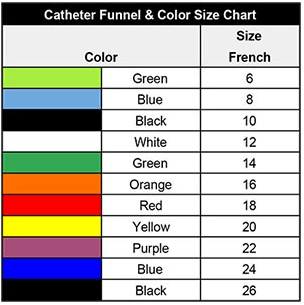When providing client care, the nurse identifies a problem and develops a related clinical question. Next, the nurse intends to gather evidence so that the decision-making process in response to the problem and clinical question is evidence-based. When gathering evidence, which consideration is most important?
Frequency that the problem occurs.
Related personal values.
Relevance to the situation.
Past experience with similar problems.
The Correct Answer is C
A) Incorrect- While understanding the frequency that a problem occurs can provide context to its significance and potential impact, it is not the most important consideration when gathering evidence for evidence-based decision-making. The frequency alone does not ensure that the evidence collected will be directly applicable to the current situation.
B) Incorrect- Personal values are subjective and may influence an individual's perspective, but they are not the primary consideration when gathering evidence for evidence-based decision- making. Evidence-based practice aims to rely on objective and scientifically validated information rather than personal values, which can vary greatly among individuals.
C) Correct- The most important consideration when gathering evidence is its relevance to the specific situation at hand. Evidence must directly address the problem and clinical question, ensuring that the information collected is applicable, appropriate, and reliable for guiding decision-making in the current context.
D) Incorrect- While past experiences can offer insights, they are not the most important consideration for evidence-based decision-making. Relying solely on past experiences may not account for new developments, changing guidelines, or unique aspects of the current situation that were not present in previous encounters.
Nursing Test Bank
Naxlex Comprehensive Predictor Exams
Related Questions
Correct Answer is B
Explanation
A. Offering 10% dextrose via nipple feeding is used for infants who are unable to feed orally or with severe hypoglycemia. This neonate is still within range hence dextrose is not incicated at this point.
B. The infant is jittery with a glucose of 40 mg/dL, which indicates mild symptomatic hypoglycemia. Initiating frequent feedings of breast milk or formula is the first action to stabilize glucose while supporting oral intake.
C. Repeating the heel stick is important for monitoring, but it does not treat the low glucose and is not the first action.
D. Assessing for hypocalcemia may be indicated later, but the priority is addressing hypoglycemia through feeding.
Correct Answer is C
Explanation
This is the first action that the PN should take because the catheter size and balloon volume are inappropriate for the client. A #18 urinary catheter is too large for a female client who weighs 50 kg, and a 30 mL balloon may cause bladder trauma or discomfort. The PN should consult with the charge nurse and obtain a smaller catheter (such as #14 or #16) with a 10 mL balloon.

Whether you are a student looking to ace your exams or a practicing nurse seeking to enhance your expertise , our nursing education contents will empower you with the confidence and competence to make a difference in the lives of patients and become a respected leader in the healthcare field.
Visit Naxlex, invest in your future and unlock endless possibilities with our unparalleled nursing education contents today
Report Wrong Answer on the Current Question
Do you disagree with the answer? If yes, what is your expected answer? Explain.
Kindly be descriptive with the issue you are facing.
